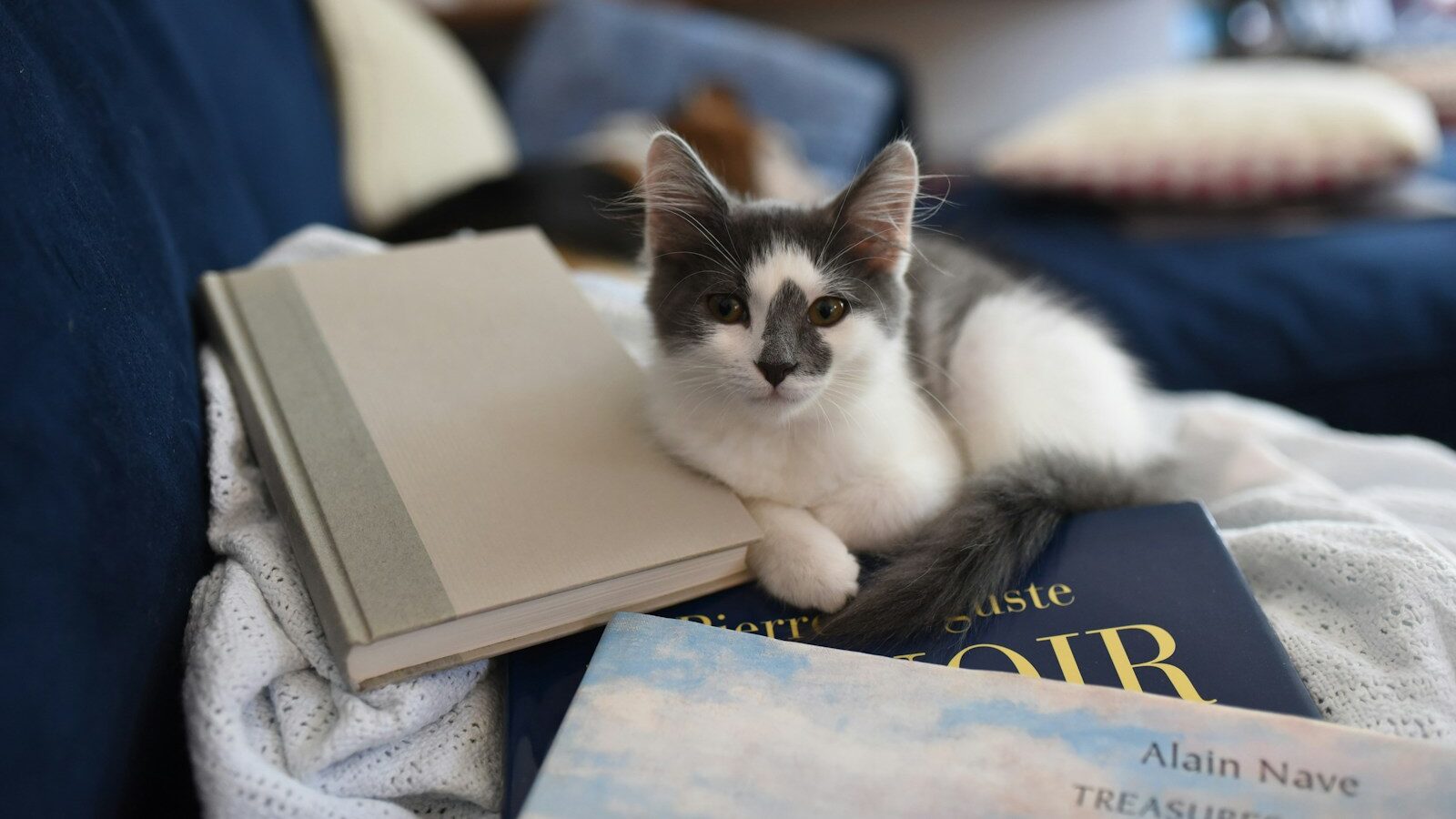Has anyone got any good games that I could use when running my complaint handling course. Part of the course is the importance of questioning and I would like to find a game that incorporates 'Open & Closed' questioning. Any ideas?
michelle norgate
Has anyone got any good games that I could use when running my complaint handling course. Part of the course is the importance of questioning and I would like to find a game that incorporates 'Open & Closed' questioning. Any ideas?
michelle norgate








9 Responses
get them involved
We use a game as part of our customer service training.
The trainer has two pictures and tell the group that they are going to draw the pictures without seeing them. For the first picture they can only ask closed questions. Once they have finished srawing their picture, we compare what everyone has drawn. Usually they are all completely different.
For the second picture, they can ask open and closed questions. Usually when we compare drawing afterwards, they are all pretty close to the actual picture.
This exercise is usually treated quite light heartedly and is fun.
Two Words or Objects
I’ve attended a course which covered this quite well. The group was split into pairs. One person was told two words or objects and the other person was supposed to guess what each word or object was. For the first part, only closed questions were allowed and for the second, open questions were allowed. This illustrated how effective open questions could be for finding out information.
Draw your House
I attended a course that had a great game to demonstrate the different types of questions: Split the group into pairs and have one person draw the other’s house based on questions that they ask. (There will probably be lots of closed-ended questions used).
Then, go through the session, explaining the difference between the two types of questions before having the same pairs complete the drawing exercise.
You’ll find that the drawings will be more accurate, particularly if you have a smart delegate who says ‘What does your house look like?!’
Games & resources
You might want to look at trainerbase.co.uk where you will find some excellent resources supplied by trainers, which can be downloaded, most of them for free.
70 Years Out-of-Date?
Interesting – no one has questioned the purpose of this enquiry.
Perhaps people just aren’t aware of the Huthwaite research which shows that the effects of so-called “open” and “closed” questions are NOT as simple as we’ve been led to believe.
The basic finding was as follows:
The 70 year-old theory that closed questions only lead to closed answers is wrong.
More often than not, even so-called “closed” questions prompt “open” answers.
For more details see:
http://www.huthwaite.co.uk/pdf/financial/fs-cms-spin-A4.pdf
The whole document is interesting, but on this specific point see page 6, section headed: “Conventional ‘probing’ does not work”
Best wishes
Andy B.
Open and closed questions game
I find the people often struggle with the concept of open and closed questions. This is a game I have used successfully to demonstrate “closed”, which in turn helps the climate of understanding what the open question is and thinking about it.
Who Am I?
Use a cartoon character, household item or something from within your organisation’s product range. Write them on a sticky label and stick one on the back of each course member as they enter the room. They spend 5 minutes as an ice breaker questionning each other using only closed questions – so the person they question can only answer yes or no. They are limited to a total of 10 questions to guess what or who they are.
It is fun. It taxes the ingenuity of the questioner to ensure that they can only extract a yes or no answer.
You can try it with an open question only as an alternative.
We’ve used it several times with success.
Kind regards
Nicky
An open and shut case?
I am running management course on ‘Clear and Critical Thinking.I create the process as the days unfold, depending on what people bring, questions asked, responses to exercises, and my levels of creative energy.
I dwell a lot on listening and questioning skills. The fact that when we speak and listen we delete, distort and generalise in twelve specific ways. Our tendency to fill in the gaps from our own internal reference often results in closed questions.
One exercise that I may use a couple of times a day is ‘Circular Interviewing’. Sitting in a circle, each person asks one question of the person opposite, who gives one answer. Questions and answers go round in the same direction: left or right.
Used after an exercise, the exercise can be the topic. Or I use it, to determine overnight learnings or insights – and to consolidate today’s learning.
I used it three times today. Just before lunch, they focused on aspects of the morning that related directly to the course content – and could only use open questions. The mid afternoon session focused on a previous exercise ( and also only allowed open questions (which I always make sure they fully understand), then added sensory specific predicates: Visual, Auditory, Kinaesthetic. The third session checked how the day matched up to their hopes and aspirations for the course. Rather more complicated; it incorporated open questions, predicates, and elements of other models and theories from the course (Self Change Model / Maslow’s Hierarchy of Needs / Logical Levels.) By now they were all OK with ‘getting it wrong’, were willing to play, take risks. Occasionally a closed question slipped in, but other members of the group would comment. Through the three exercises alone, they had practiced a lot of open questions, listened to a lot more, learnt to recognise the difference and decide the value of Open or Closed questions in relation to the specific desired outcome of a question being asked.
Lastly, my Circular Interviewing sessions are about a couple of minutes per person (ten people – 20 minutes, well spent!) plus added time if I decide to process the exercise.
Hope this is not too complicated a description, feel free to contact me if you have any questions – open or closed! MM
70 years out of date?
People may well answer closed questions with expansive answers: “Can you tell me what you have for breakfast?”
“Well,…..”
I am more interested in questioners knowing the difference between the two types of question and being able to use them mindfully and purposefully to guide the process of the communication, facilitating, where necessary, the other person’s thinking skills and encouraging their ability to contribute with greater dignity and better articulation of their thoughts and feelings.
If people do give one-word answers, it is useful to know if that is (partly) because they are responding to closed questions.
If people are anxious or nervous, there is more likelihood that they will give monosyllabic answers to closed questions.
Awareness enables the questioner to create more openness, better rapport, more skillful gathering of high value information – and make communicating more relaxed, informative and fun.
Don’t you agree?
Michael Mallows
I completely agree with you
I completely agree with you Michael. I focus a lot on the open versus closed questions a lot in training too. I know it’s not always straight forward as some people will expand with certain closed questions like “Can I have your name?” , “Can you tell me the time?” etc.
However, when the situation becomes awkward (especially in sales, customer service or even cash collection conversations) closed questions can close down the conversation. However if we teach people to properly use these techniques they can lead a conversation, unravel a problem, identify a need or influence the customer in a more positive way.
Another factor I notice is when people ask too many closed questions they can come across as interrogating which will annoy the customer too.
I hope that helps.